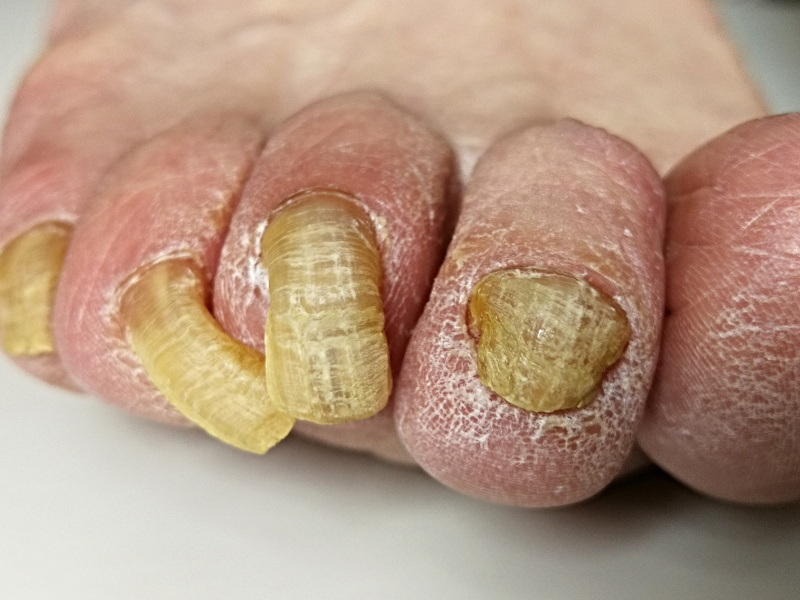A podiatrist is a medical professional who specializes in the diagnosis, treatment, and prevention of problems affecting the foot, ankle, and lower limbs. They are often referred to as foot and ankle surgeons or podiatric physicians.
They are specialists in the discipline of podiatric medicine, which deals with the investigation and treatment of diseases of the foot and ankle.
Podiatrists go through a lot of schooling and training to become competent medical practitioners. They normally finish a four-year undergraduate program, four years of podiatric medical school, and then they may choose to pursue fellowships or residency training to focus on particular aspects of podiatry.
What do Podiatrists do?
Diagnosing Foot Conditions: Podiatrists assess patients’ foot and ankle issues through physical examinations, a study of their medical history, and diagnostic procedures like X-rays, ultrasounds, and lab testing. Injuries, infections, deformities, and chronic diseases are just a few of the disorders they find and diagnose that impact the feet.
Medical Care: Podiatrists provide a variety of non-surgical procedures to treat foot and ankle disorders. This could entail giving prescriptions for medicines, orthotic devices (tailored shoe inserts), splints, braces, or suggesting physical therapy.
Managing Systemic Diseases’ Foot-Related Complications: Podiatrists are essential in controlling foot issues caused by systemic diseases like diabetes and arthritis. They offer diabetic foot treatment, which includes amputation avoidance, ulcer control, and prevention. They also address the foot problems brought on by gout, rheumatoid arthritis, and other inflammatory diseases.
Diseases cured by Podiatrists: Some of the diseases cured by Podiatrists include;
 Plantar Fasciitis: Inflammation of the plantar fascia, the ligament that connects the heel bone to the toes, causing heel pain and discomfort.
Plantar Fasciitis: Inflammation of the plantar fascia, the ligament that connects the heel bone to the toes, causing heel pain and discomfort.
 Bunions: A bunion is a bony bump that forms at the base of the big toe, often causing pain and deformity.
Bunions: A bunion is a bony bump that forms at the base of the big toe, often causing pain and deformity. Ingrown Toenails: When the edge of a toenail grows into the surrounding skin, leading to pain, redness, swelling, and potential infection.
Ingrown Toenails: When the edge of a toenail grows into the surrounding skin, leading to pain, redness, swelling, and potential infection. Fungal Nail Infections: Also known as onychomycosis, it is a common infection that affects the toenails, causing discoloration, thickening, and brittleness.
Fungal Nail Infections: Also known as onychomycosis, it is a common infection that affects the toenails, causing discoloration, thickening, and brittleness. Athlete’s Foot: A fungal infection that commonly occurs between the toes, causing itching, burning, and redness.
Athlete’s Foot: A fungal infection that commonly occurs between the toes, causing itching, burning, and redness.
These are just a few examples of the conditions that podiatrists diagnose and treat. They provide comprehensive care for various foot and ankle disorders, helping individuals find relief from pain, improve mobility, and maintain overall foot health.





[…] Check out our in-depth article on Podiatrists here. […]